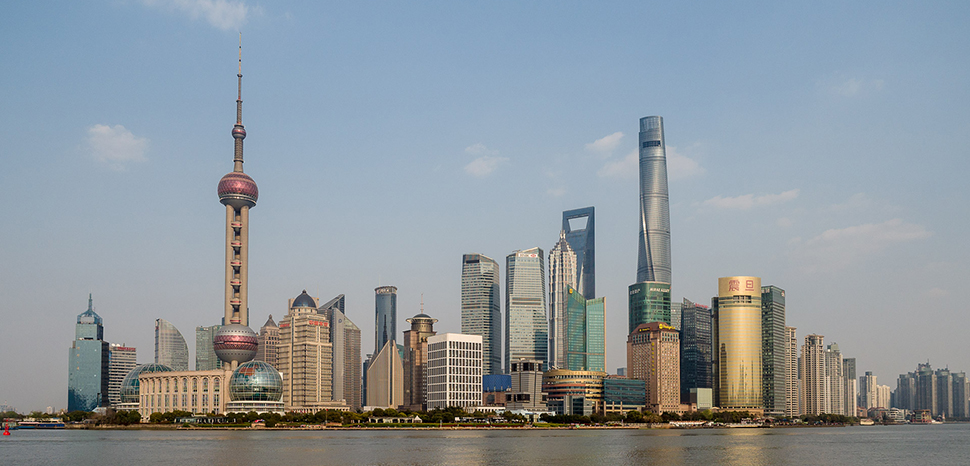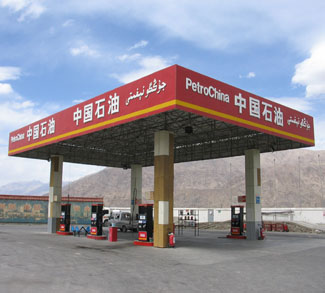China’s economy, the world’s second-largest, is at a crossroads. Post-pandemic recovery has been less robust than expected, leading to mounting internal and external challenges. A shift in China’s economic model seems inevitable, moving from a heavy reliance on economic stimulus to more sustainable, consumer-driven growth. This shift, however, raises fundamental questions about the efficacy of policy strategies employed over the past few decades.
For years, large-scale stimulus programs have fueled China’s economic growth. In response to the 2008 financial crisis, China announced a $586 billion stimulus package, primarily invested in infrastructure and property markets. This government-led investment model provided short-term economic stability but also caused an explosion in debt and led to overcapacity in industries like steel, cement, and property.
China’s response to economic slowdowns in 2012 and 2015 followed similar lines, with increased public spending, looser monetary policy, and directives encouraging lending to the corporate sector. These measures led to a further accumulation of corporate and local government debt.




